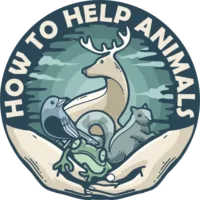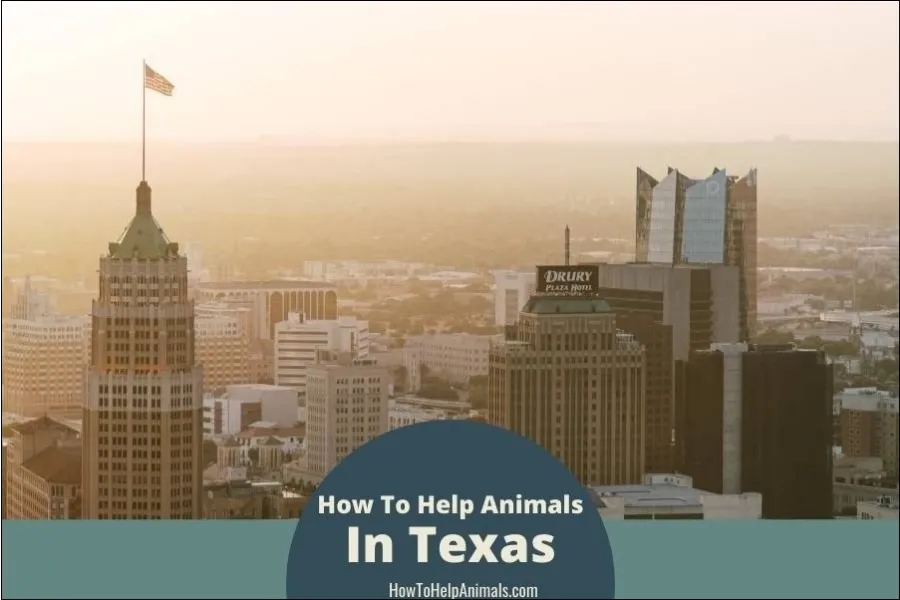
Helping people and animals in Texas has been discussed much lately due to the storms that have disrupted many lives. Everyone deserves a helping hand, including animals. This article will discuss how you can help animals in Texas, regardless of whether they are victims of the storms or are endangered. However, feeding wildlife in Texas is prohibited and in this article, we will discuss helpful alternatives to feeding the animals directly.
How to help animals in Texas
There are many ways you can help the animals in Texas, and we will go through different animal species and what the best way is to help them. We will divide them into three groups: amphibians, birds, insects, mammals, and fish.
How to help amphibians in Texas
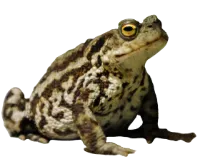
Our amphibian and reptile friends require some things more than others. They need shallow water areas and places to hide. Helping amphibians and reptiles is easy, especially if you have a yard or garden.
It’s easy to put out small plates with water for all animals to drink from, and if you can, there’s also possible to dig a shallow plastic tub into your garden where the animals can swim and relax. Texas has a lot of beautiful native pond plants you can grow around the small pond. Swamp milkweed, Herb-of-grace, Jamaica swamp sawgrass, Upright Burrhead, and Creeping burhead are my personal favorites for native pond plants. Most of them, and especially the milkweed, will help to attract butterflies to your garden.
Some amphibians and reptiles prefer to hide and hibernate from time to time. Especially frogs and toads. There’s a simple hack on how you can turn your yard into a townhouse. If you have terracotta pots you don’t care for anymore, you can use them to build tiny houses. Either bury half of the pot lying down and cover it with dirt, so the other half becomes a roof. You can do this with plastic buckets too, but in my opinion, it’s much more beautiful with terracotta pots.
You can also add piles of rocks for your amphibian friends. Frogs like to crawl into tiny crevices and feel safe from predators. Next time, when you go out for a walk, keep an eye out for flat rocks so that you can build tiny Flintstones houses for them.
If you have a dog or cat, they will be interested in your newly found friends. When you plan out your pond or townhouses, make sure your pets don’t easily access them. Frogs can look like a new toy, and therefore try to keep them a secret. One way to protect them is to divide one part of your yard with a chicken fence and turn it into a safe zone.
Another risk with amphibians in your garden is other wild animals. Some birds, for example, are omnivores and eat both seeds and meat, while other birds are carnivores. Ensure the birds have plenty of seeds to eat, and the predatory birds have worms or larvae to feast on.
If you want to go the extra mile, you might want to look into building a Hibernaculum. A hibernaculum is a hole in the ground filled with stones, branches, pots, and other cozy things to hide under. The hole is covered in soil, but there are some small entrance and exit holes for them.
How to help birds in Texas
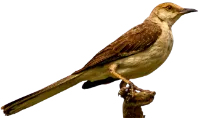
Helping birds don’t require much effort and solve itself pretty quickly as long as you provide them with the right stuff.
Like people, birds need three things: food, water, and shelter.
To help the most birds, you’ll need to know what birds are the most common ones.
In Texas, the ten most common birds are Northern Cardinal, Northern Mockingbird, Mourning Dove, White-winged Dove, Blue Jay, Carolina Chickadee, Carolina Wren, House Sparrow, European Starling, and Eastern Phoebe.
Food
Now when we know what birds are flying around, we will need to know what they prefer to eat.
| Bird | Favorite food |
| Northern Cardinal | Safflower seeds, white milo, and black oil sunflower seeds |
| Northern Mockingbird | Seeds, insects, and bugs |
| Mourning Dove | Grass seed and flower seeds |
| White-winged Dove | Seeds from willow trees |
| Blue Jay | Nuts and peanuts |
| Carolina Chickadee | Insects, spiders, seeds, berries |
| Carolina Wren | Suet and peanuts |
| House Sparrow | Millet, milo, and sunflower seeds |
| European Starling | Centipedes, berries, seeds, and apples |
| Eastern Phoebe | Insectivorous |
Most of the common birds prefer seeds. Regardless of what birds are flying around in your neighborhood, you will come a long way with regular wild bird seeds with a lot of safflower seeds. I suggest this brand.
Water
Even during the winter months, birds need access to running water. Not only do they drink the water, but even under the coldest months, they bathe. Birds easily get smudge and oily feathers which hinders them from retaining heat. Therefore, it’s crucial to provide them with water for the entire year.
The best way to provide water for birds is to provide them with a birdbath. It’s recommended to use one where there’s running water since it doesn’t require much maintenance to clean from algae growth and similar. There are some cool solar-powered ones out there that work well.
Shelter
Even birds need to rest from time to time. Hard winds require a lot of energy to maneuver, and finding a resting place where they can feel safe and get a bite to eat is very appreciated.
When you select a shelter for the birds, it’s essential to plan out where you will put it before.
Things to consider when buying a bird shelter:
- Predators shouldn’t easily access the shelter.
- Don’t hang it from a tree where both squirrels and cats can access it easily.
- Make it squirrel safe. There are squirrel baffles to put under the shelter so they can’t access it from below.
- Keep it away from the wind. Check if you have a sheltered side of your house.
- Choose the correct size for the birds in your area.
How to help insects in Texas
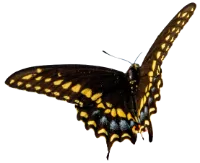
Insects don’t get enough credit, despite being the cornerstone of our ecosystem. Insects provide us with so much, and they don’t get enough credit. There are some ways you can give back to the insects.
Below are four ways to help insects in Texas and what you can do to make them feel safe.
Install an insect hotel
Insect hotels are fantastic to install in either your yard or on your balcony. Most insect hotels are made for different types of insects. Ladybugs, earwigs, bumblebees, butterflies, and smaller beneficial insects for your garden can all use the hotel.
Insect hotels are pretty inexpensive, and nothing stops you from getting a few. I’m using Navaris XL hotel and some smaller ones I’ve built myself.
The best place for an insect hotel is where it gets both sun and shade during the day and doesn’t get too much wind. It also helps if there are flowers, plants, or bushes close.
Build a pinecone haven
If your biggest enemy in the garden is aphids, you might want to consider this. Ladybugs thrive on aphids, so why not invite some ladybugs to your home? Collect some pinecones in the woods, put them in a basket, and place the basket somewhere near your most precious plants. Soon enough, ladybugs will crawl into the pinecones and use them as a resting place. If you want to go the extra mile, cover the basket with a chicken fence so birds don’t get to them. Otherwise, the pinecones might look like a buffet for them.
Stack some logs and make a log pile
An easy way to help insects is to stack some logs and leave them be. Insects love to hide under twigs, branches, and logs. Go out for a walk into the forest and collect some fallen branches. If you find some bark on the ground, that’s also great. You can use an old crate with slots and fill the spaces with logs, moss, pinecones, straws, and similar.
Plant some flowers that attract insects
By planting flowers, you invite butterflies, bees, and other pollinators to your garden. It’s best to plant native Texas flowers to attract butterflies. Butterflies are cold-blooded and need warmth from the sun to be able to fly. Choose the sunniest place for your flowers.
Some native flowers to Texas that butterflies like
- Autumn Sage
- Blackfoot Daisy
- Buttonbush
- Coral Honeysuckle
- Frostweed
- Gregg’s Mist Flower
- Hummingbird Bush
- Lantana
- Mexican Sunflower
- Pentas
- Verbena
- Zinnia
Start compost in your garden
An easy way to help biodiversity in your garden is to get started with composting.
There are hundreds of animals living in the compost that thrive on food scraps and carbon-rich materials. If you add red wrigglers to the compost, you will receive excellent soil filled with nutrients in return.
Helping the ants
Ants are a great example of working together towards bigger goals. Ants help aerate the soil and help everything grow better, and their small tunnels provide the earth with air and water.
If you are going outside and see an anthill, you can easily help them. Bring a water bottle containing a lot of sugar (more sugar than water, so they don’t drown). It also helps if it’s a sports bottle, where you can squeeze it so tiny drops come out. Squeeze the bottle around the anthill so they can bring the delicious water inside. Don’t drip directly on the ants since that would be cruel. Instead, let them figure out how to get the water to their home.
Stop using pesticides in your yard.
Pesticides are the greatest killer in the yard, where It kills biodiversity and is harmful to human health. Instead of pesticides to remove pests, use nature. If you don’t want aphids, get ladybugs. If you don’t want slugs, invite some hedgehogs.
How to help mammals in Texas
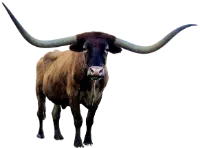
There are a lot of mammals in Texas that need our help. Since it’s illegal to feed wildlife in Texas, we’ll need to help them in some other way. If you want to help the mammals in the Texas wildlife, there are some ways you can.
Picking up litter
An easy way to be a local hero for both the animals and people living in your neighborhood is to pick up trash. Not only do mammals suffer from being surrounded by litter lying around but all types of animals. It takes about 1 month for a paper bag to break down. It takes about 10-20 years for plastic bags to decompose into microplastics, which in turn take hundreds of years before they break down if they even do.
Here are some examples of how long it takes to decompose.
| Litter | Decomposition time |
| Toilet paper | 2-4 weeks |
| Newspaper | 6 weeks |
| Apple | 2 months |
| Cardboard | 2 months |
| Milk cartridge | 3 months |
| Wool socks | 1-5 years |
| Cigarette bum | 1-5 years |
| Plastic bag | 1-20 years |
| Chewing gum | 20-25 years |
| Plastic cup | 50 years |
| Aluminum can | 200 years |
| Diaper | 450 years |
| Pet bottle | 450 years |
| Fishing line | 600 years |
Sometimes aluminum cans get stuck in the lawnmower and shred them into tiny pieces. The tiny shreds get eaten by wildlife and tear their insides and leave them in extreme pain and risk of a painful death.
Keeping the area around your trash cans clean
Trash cans are very popular by raccoons and other animals. The smell from the cans attracts wildlife in hopes to find themselves a treat.
There are some things you can do to make this situation better.
- Compost food instead of throwing it out
- Attach some latches to your trash cans to make it raccoon safe
- Recycle as much stuff as possible
- Reduce, Reuse, Recycle as much possible
Educate yourself
Everything get easier when you are more educated about something. There are great resources to learn more about animals living in your area and how you can help them. Reading this, you have taken your first steps on becoming more educated about animals in Texas.
Respect nature
This almost goes without saying. We’ll need to respect nature and play by its rules. Nature has been around far longer than every one of us and has survived every species living here.
By not using pesticides, not littering, keep nature clean, staying on trails, be active in your community, be less wasteful, reduce the things you consume, and respect every living creature you help everyone. Nature, your local community, and the animals and people living in it.
How to help fish in Texas
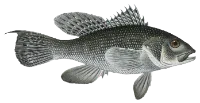
The best way to help fish is of course, not to eat them. That goes almost without saying. The fish population has decreased over the years, leading to less biodiversity and fewer foods for animals that thrive on them. Fish is vital for the oceans primarily because of their ability to transport nutrients farther than other aquatic animals. The fish transport nutrients by eating food in one place and excrete in another part of the sea. Beyond overfishing, the lack of oxygen in the waters is the reason for the decrease in the fish population. Aquatic plants like phytoplankton, kelp, and algal plankton produce oxygen. Planktons are the unseen heroes of many ecosystems. If there’s a decrease in phytoplankton, there will be a decrease in oxygen for fish and other animals below the surface. No plankton = No fish = No food for millions of people and animals.
From 1960 to 2000, over 40% of plankton has died, and every year since then, plankton has decreased by 1%.
The best way to save plankton is to reduce Co2 emissions and stop polluting the sea.
There are other things you can do to help the wild fish.
Keeping the oceans clean
If you are going to the beach, why not bring a bag or two and collect some trash at the same time? People’s belongings that are left behind after a fun day at the beach fly into the ocean and can hurt the fish living there. Fishing nets, plastic can rings, and strings easily get stuck around things including animals.
Don’t flush weird stuff down the toilet
Toilets aren’t made to flush medicines, condoms, trash and other stuff. When medicine is flushed, it can contaminate lakes and streams and ends up in our drinking water. Instead of throwing or flushing your old expired medicine, you should check with your local drugstore where you should return them.
Stop eating fish to save the fish and help the environment
The best way to help animals is to not eat them. That includes fish. Many pescatarians support their beliefs and food habits with that fish doesn’t feel any pain and therefore justifies eating it. However, studies have for long shown by neurobiologists that fish has pain receptors and a nervous system.
Instead of eating fish, there are a lot of vegan alternatives that taste the same as fish but without unnecessary death. It isn’t harder than buying another brand of a product.
Eating fish also contribute to climate change and according to the World Resource Institute fishing is the third most resource-intensive after beef and pork.
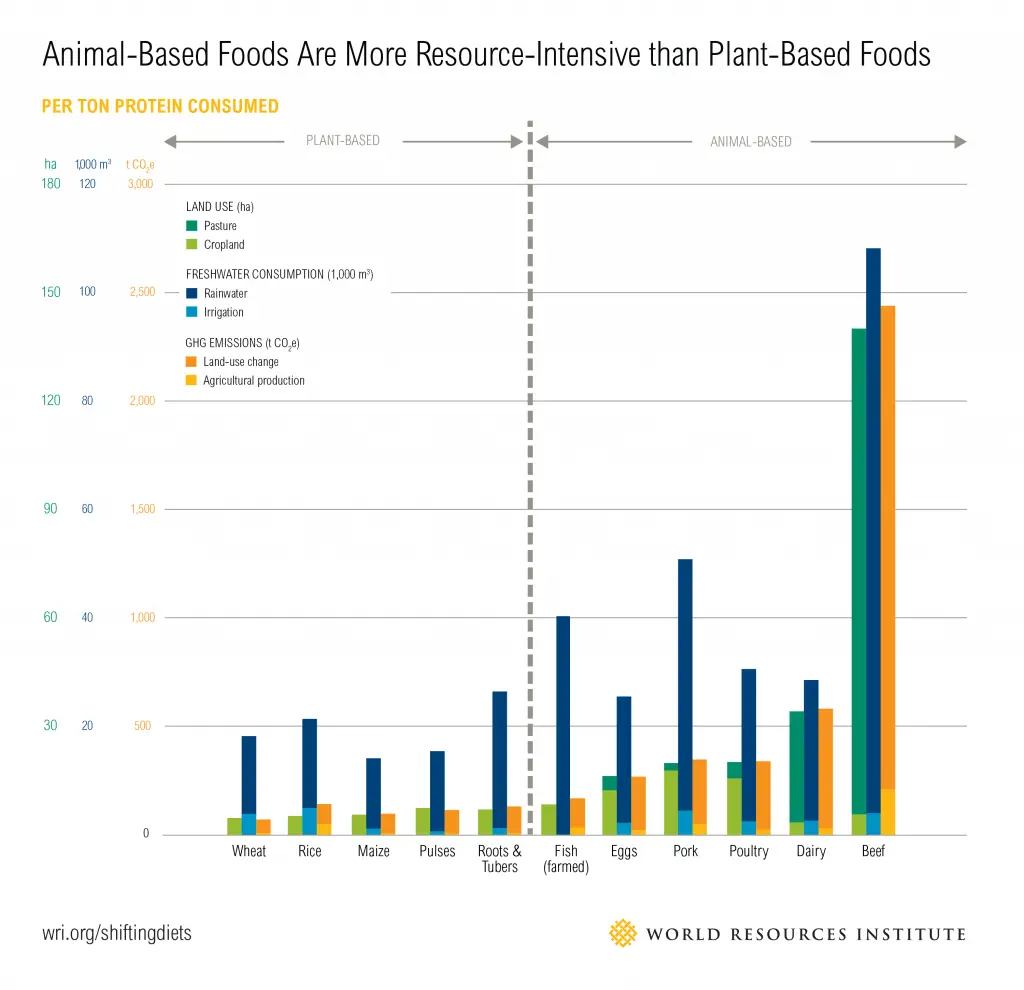
Don’t feed fish
It can be tempting to feed fish with food scraps or fish food from your aquarium at home. However, feeding wild fish with food that doesn’t come naturally from their environment hurts them more. Uneaten food dissolves in water and causes algae growth. When a certain type of algae increases, it can be disruptive and hit biodiversity hard.
